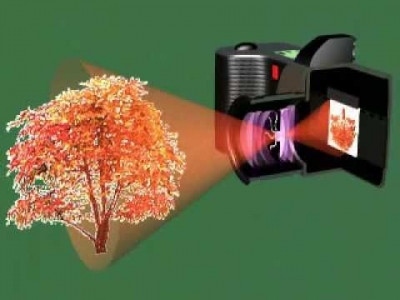
The film that captures the light rays is a strip of transparent plastic (polyester or triacetate) covered with a light sensitive coating. The coating is a compound of silver salts and a halogen element forming tiny silver halide grains, suspended in gelatine. Exposure to light makes the silver halides start to break down, to eventually form an image in silver.
For the best result, there must be exactly the right amount of light. Too little will result in underexposure, lacking detail because the print or slide is too dark. Too much will produce an overexposed result, lacking detail because it is too light.
Films with large light sensitive grains are quicker to react and are termed fast films. Slow films have small grains and need extra light for exposure. Films are graded for speed on the ISO (International Standards Organisation) scale. The higher the ISO number, the faster the film.
Picture Credit : Google

